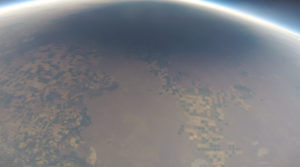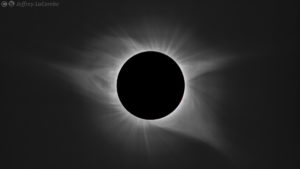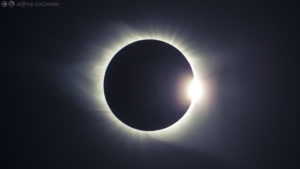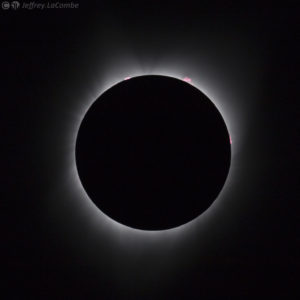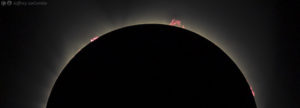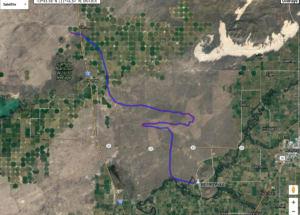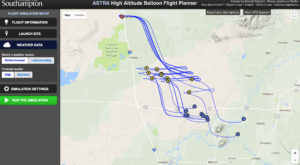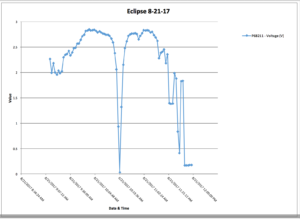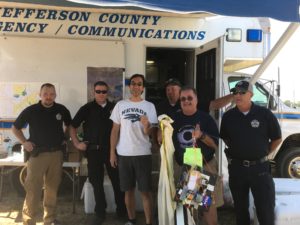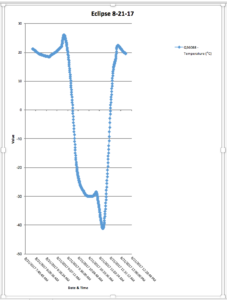A year ago today I was very fortunate to be part of a NASA sponsored team launching high altitude balloons in Idaho to record data about the total eclipse.
Meantime back in northern Nevada where I work, thousands of students and members of the general public were using the tens of thousands of eclipse glasses science educators had acquired and passed out to local schools. The eclipse in Nevada was not total, but it was still a site to see.
The eclipse took the nation by storm and millions took to staring into the sky and learning about what was really happening. When we got back from our Idaho trip we processed the photos, video and data and made it available to anyone that wanted it. We also shared the experience with students and teachers when we did teacher trainings or classroom visits. Students and teachers would not only express awe at watching our video of the Moon’s shadow moving across the Earth’s surface, but eager hands would shoot up begging to share their own experiences watching the eclipse and the various ways they monitored it.
Providing access to experiences like eclipses, but also snow falling, or a thunderstorm or leaves changing color in fall and then allowing students to unpack them, express their awe and interest and even giving the time to research on their own are great ways to have students utilize technology to learn. Having students then publish their learning and photos and other media through blogs, photo sites, web pages and other places is where edtech is at its best. If your students are mainly doing everything Google and only publish in house or to your classroom walls you might want to consider publishing to the world to leverage the motivation to learn and polish what they publish in creative, expressive ways.
Learning is messy!

